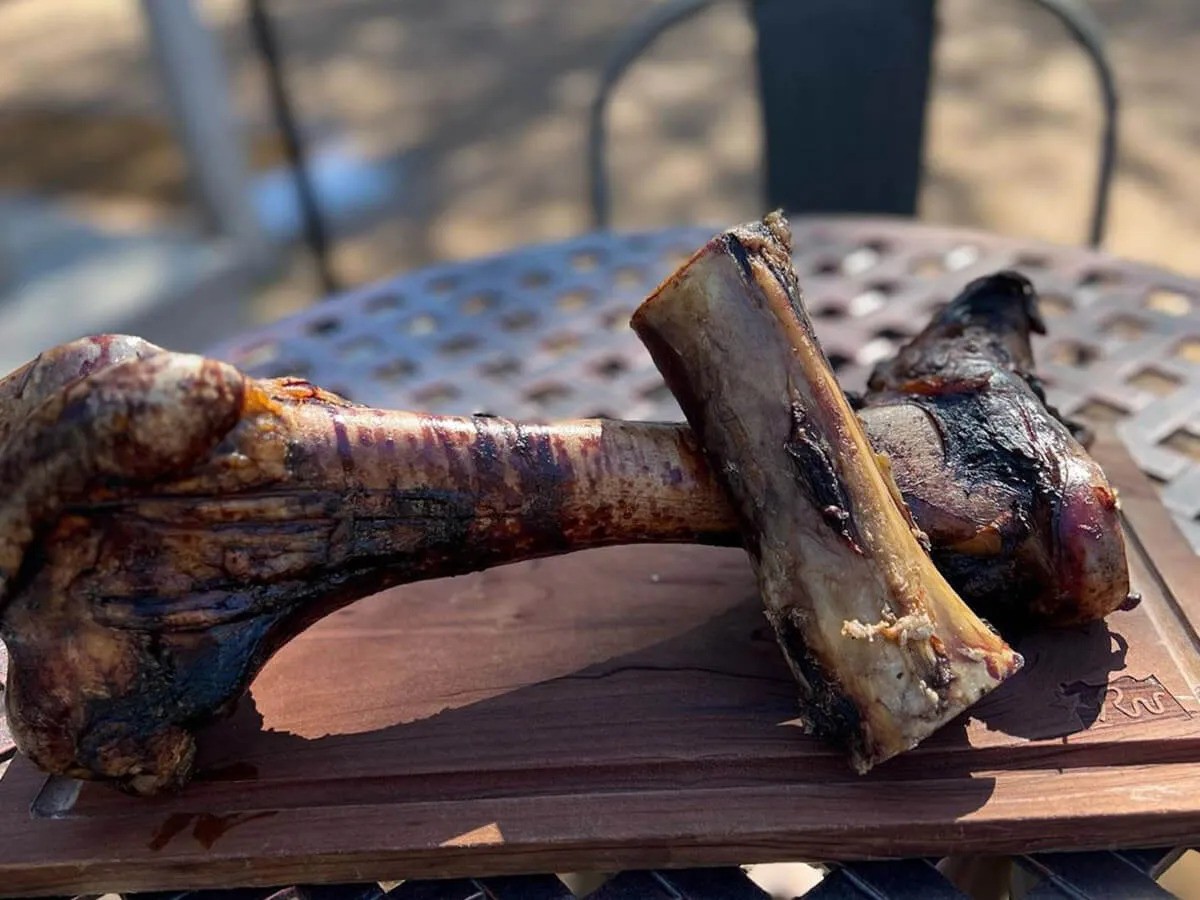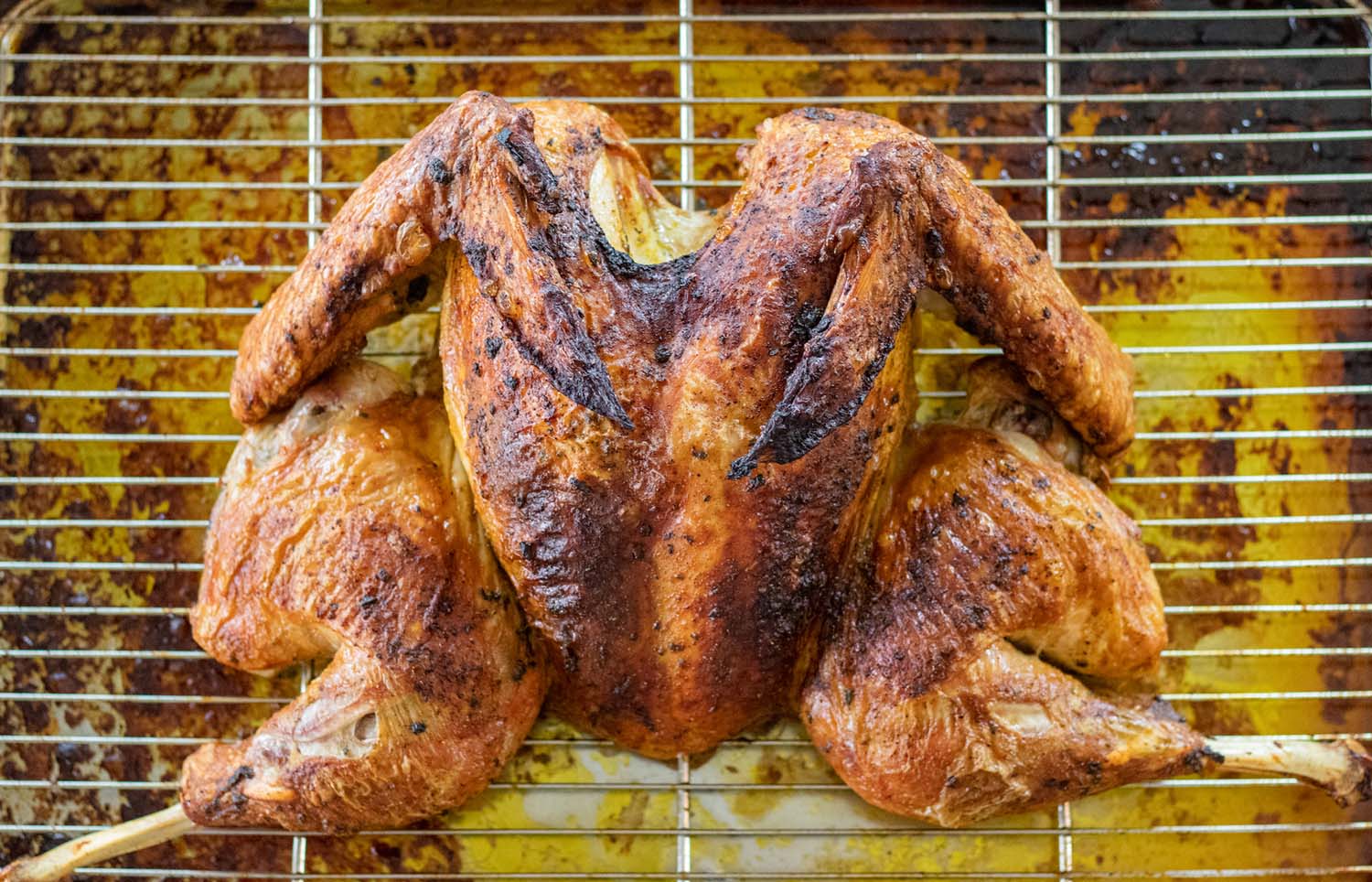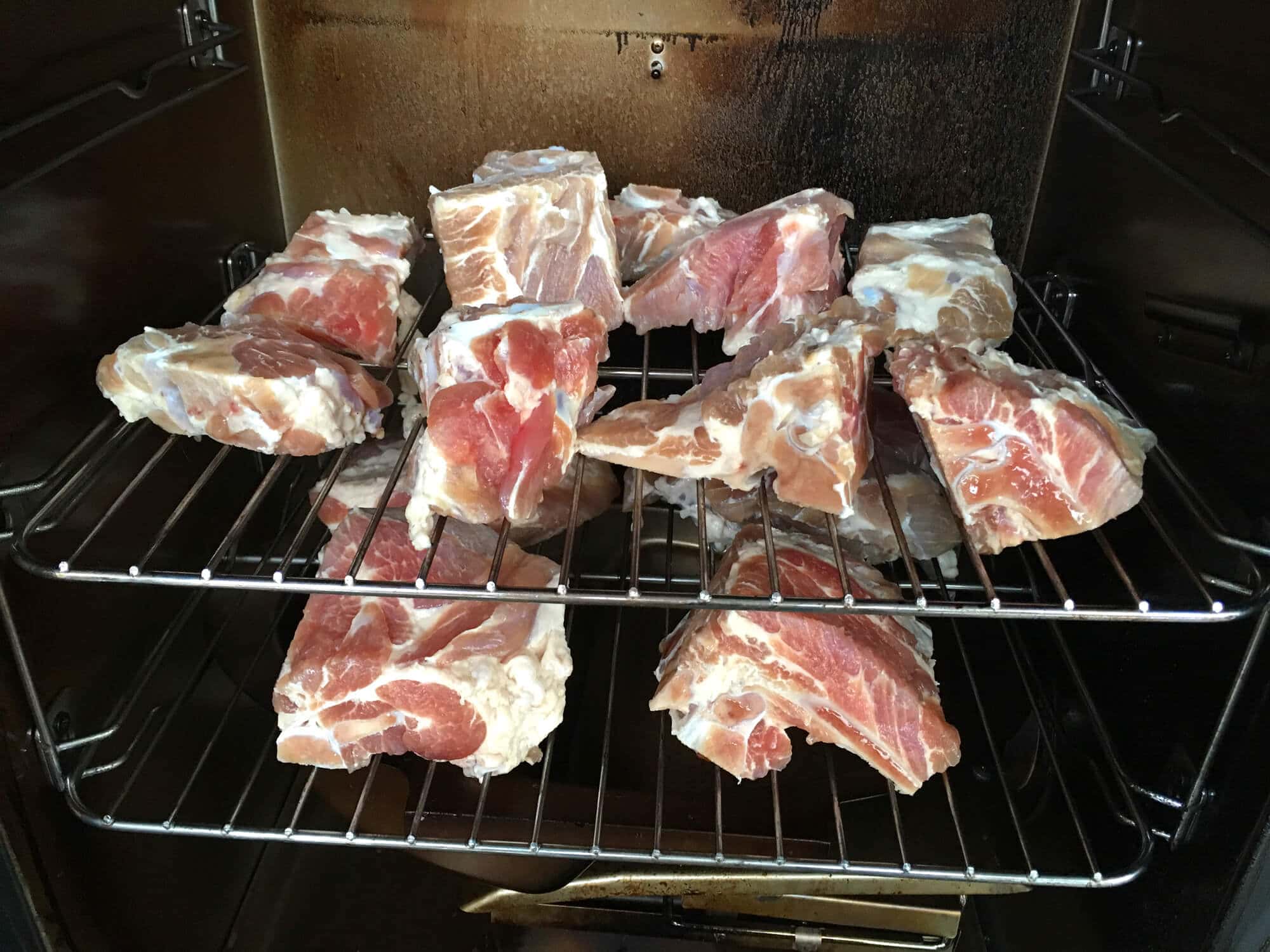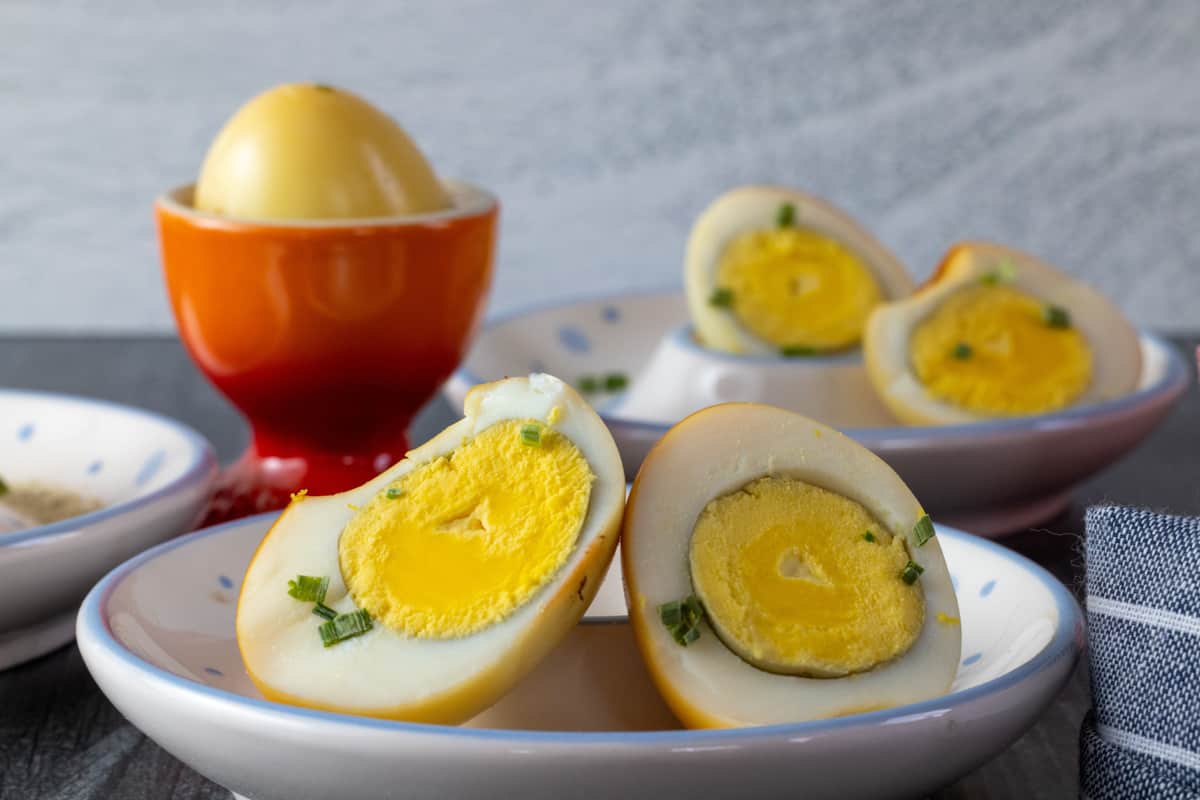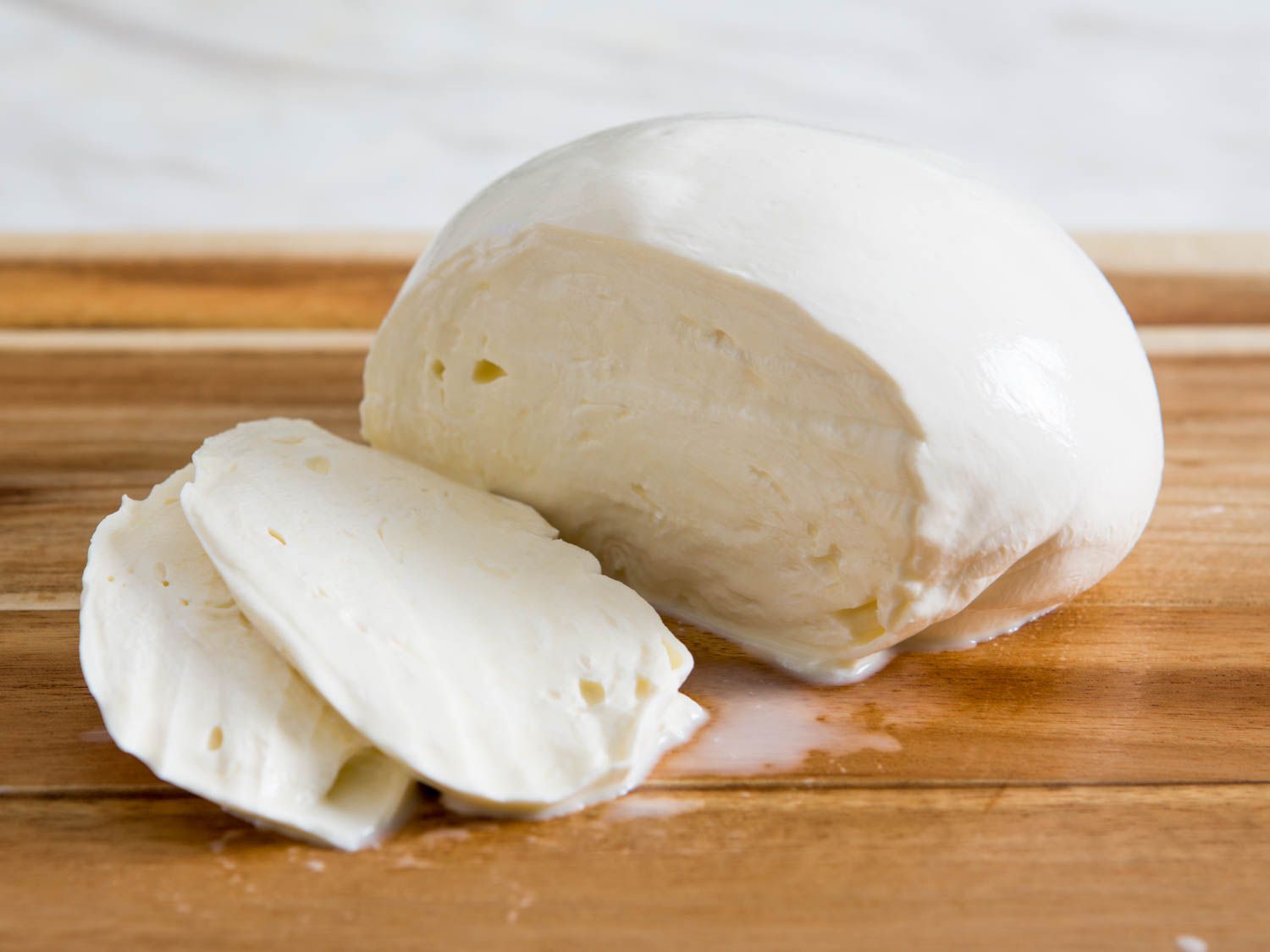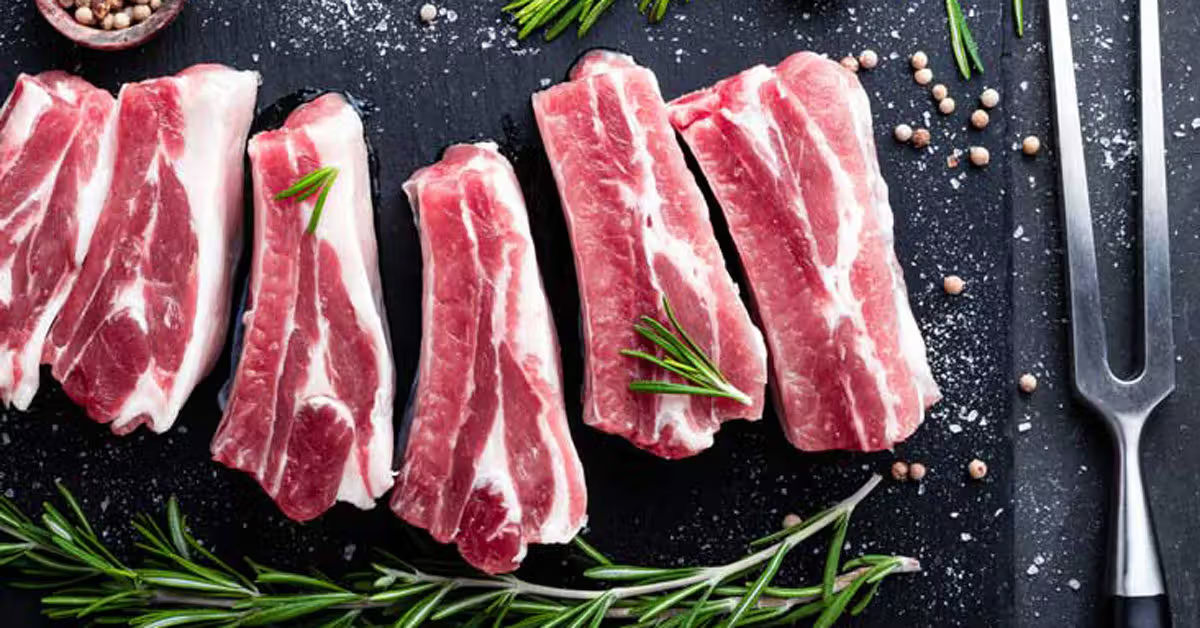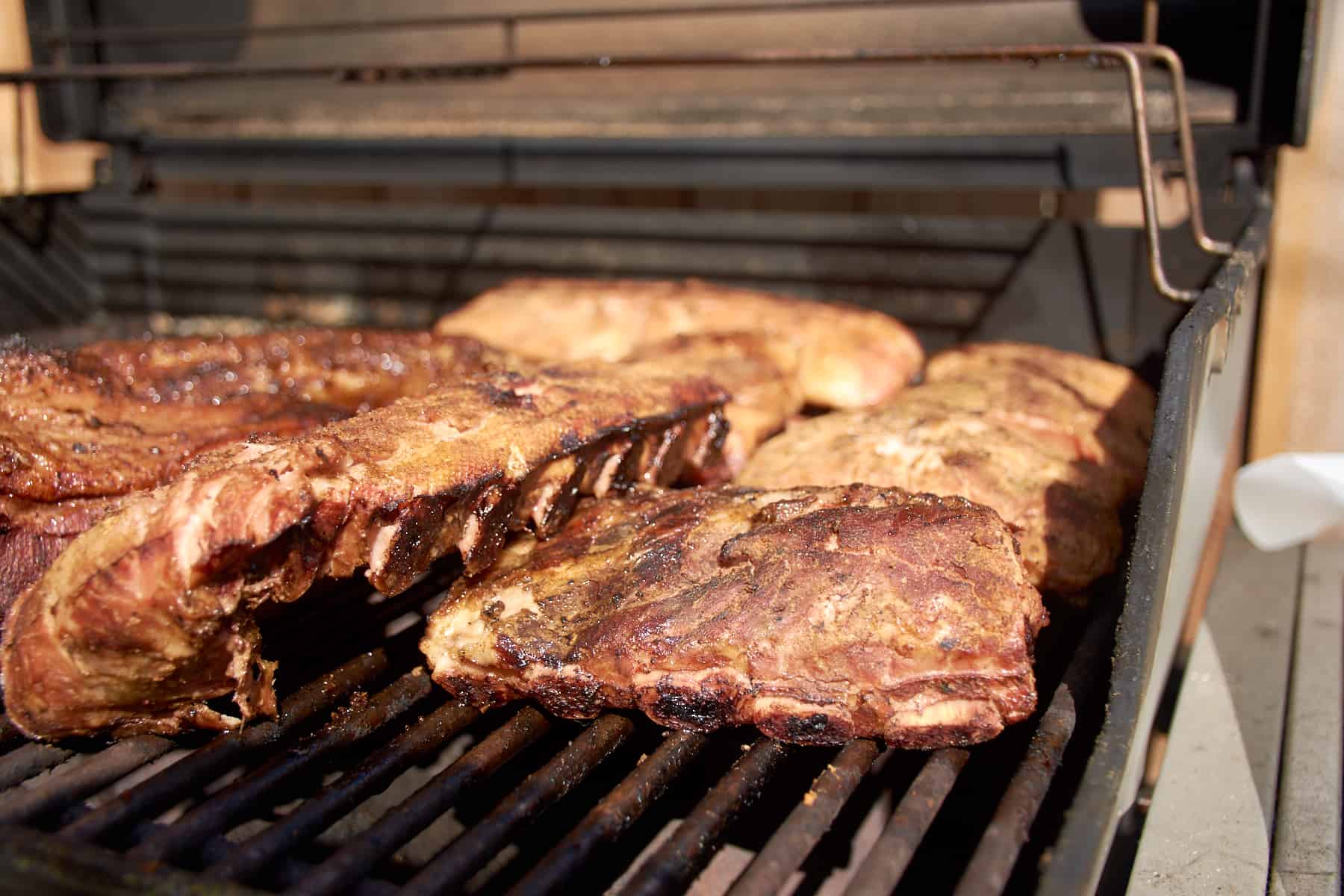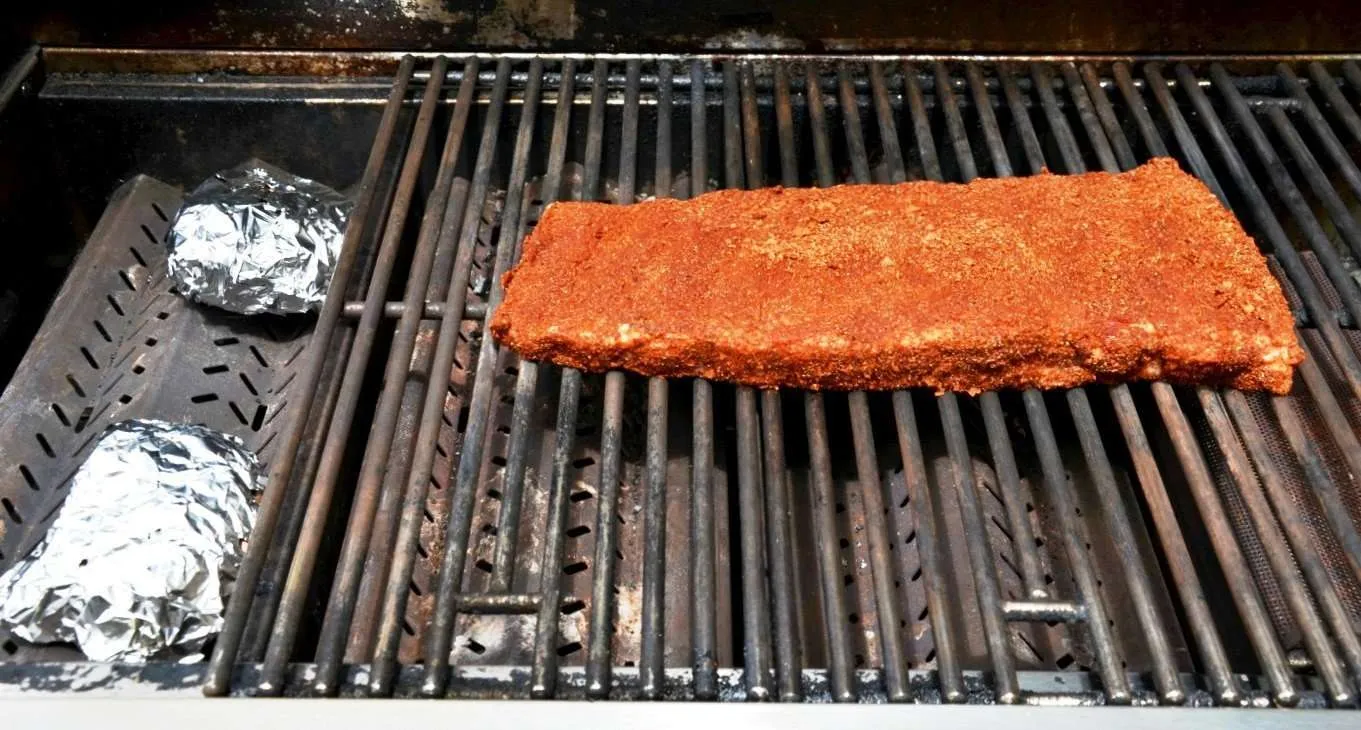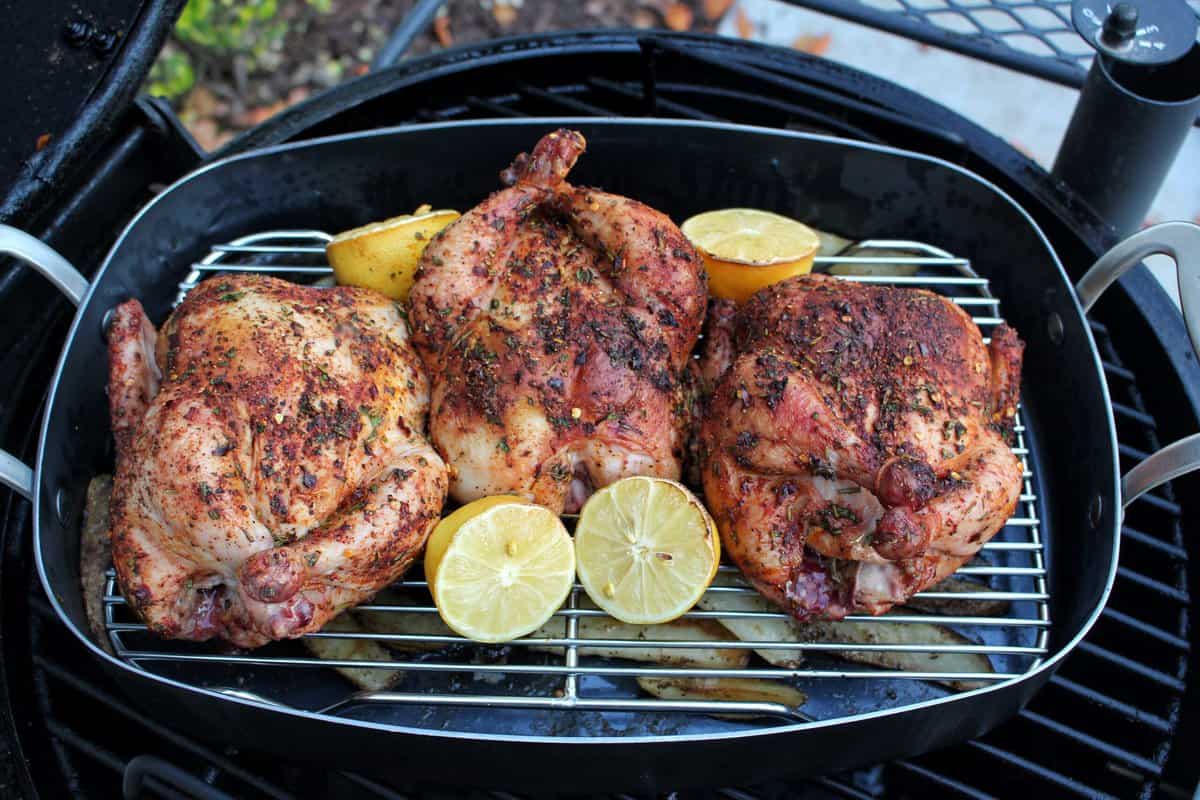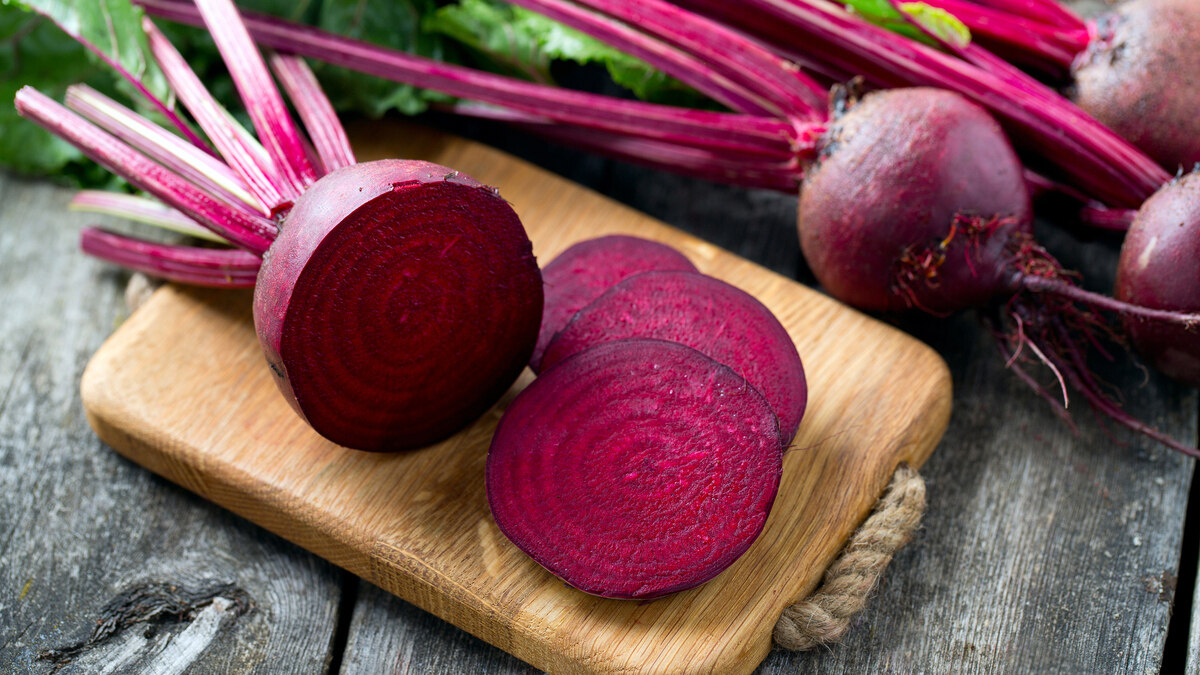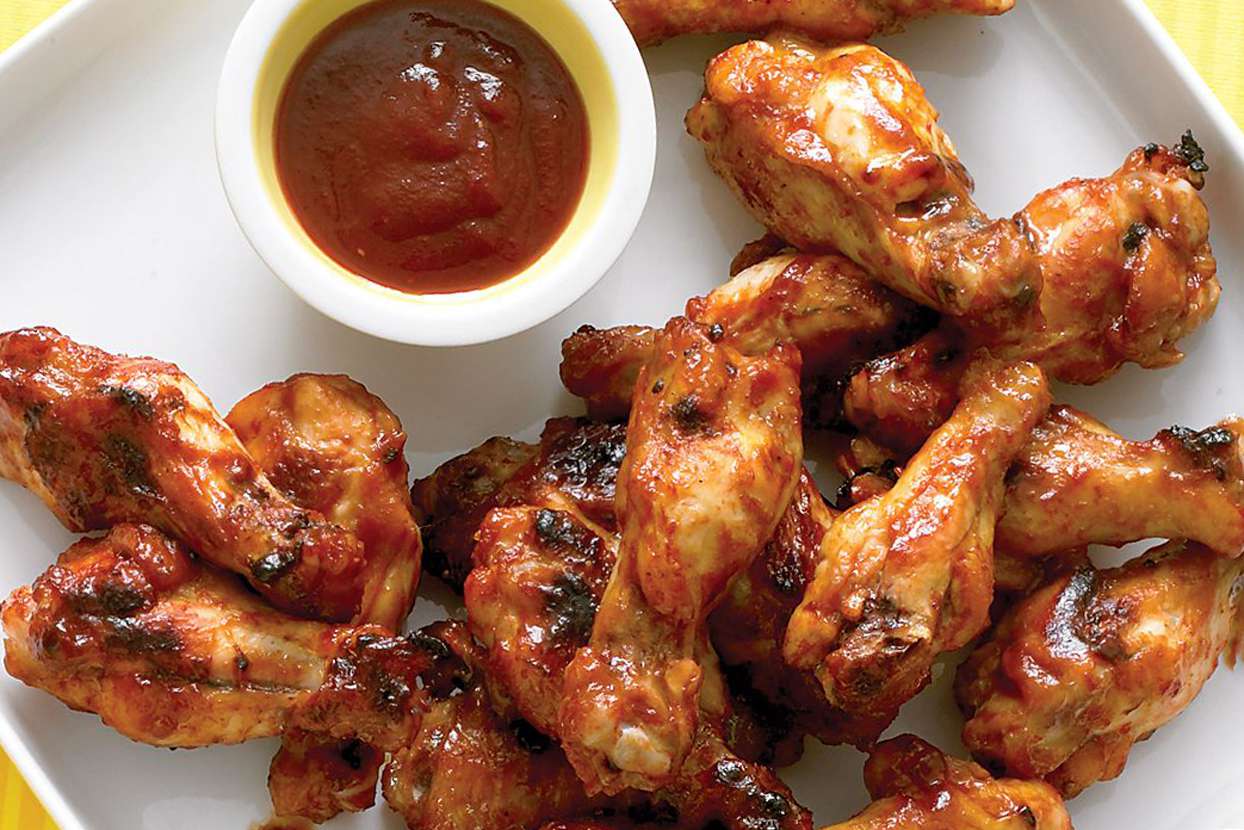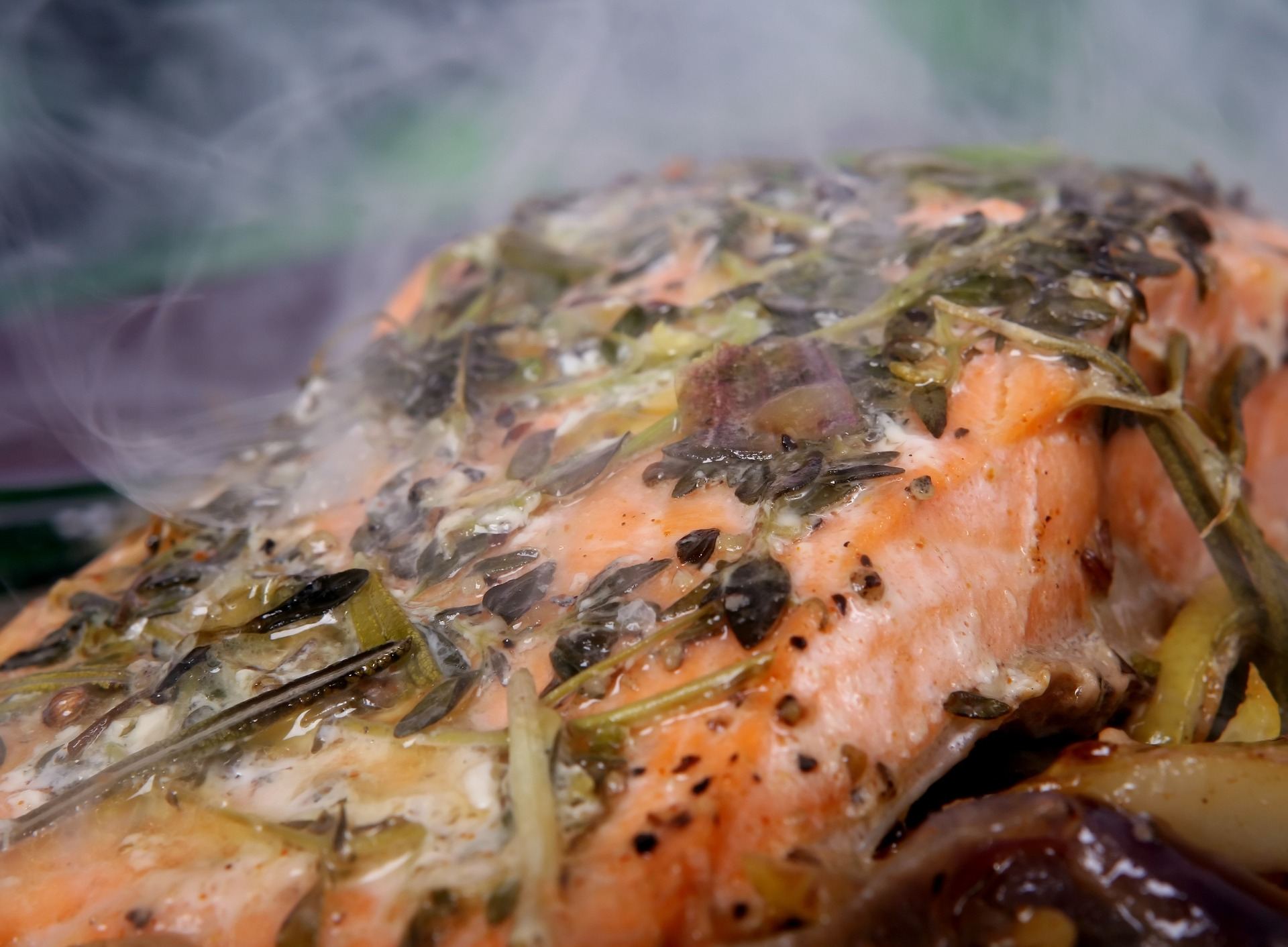Smoking and preserving meat over a campfire is an age-old technique that has been used for centuries to keep meat fresh and flavorful for extended periods of time. Whether you're out in the wilderness or simply looking to add a smoky flavor to your meat, smoking and preserving over a campfire can be a rewarding and delicious experience. In this guide, we'll explore the traditional method of smoking and preserving meat over a campfire, and provide you with the knowledge and skills to do it yourself.
Choosing the Right Meat
When it comes to smoking and preserving meat over a campfire, it's important to start with the right cut of meat. Fatty cuts such as pork shoulder, beef brisket, and chicken thighs are ideal for smoking, as the fat helps to keep the meat moist and tender during the smoking process. Additionally, thicker cuts of meat are better suited for smoking and preserving, as they can withstand the longer cooking times required for smoking.
Preparing the Meat
Before you begin smoking the meat, it's important to properly prepare it. This involves seasoning the meat with a dry rub or marinade of your choice. The seasoning not only adds flavor to the meat but also helps to create a delicious crust during the smoking process. Additionally, if you're looking to preserve the meat for an extended period, consider using a curing mixture that contains salt and sugar to help draw out moisture and inhibit the growth of bacteria.
Building the Campfire
When it comes to smoking and preserving meat over a campfire, the type of wood you use can greatly impact the flavor of the meat. Hardwoods such as oak, hickory, and mesquite are ideal for smoking, as they impart a rich, smoky flavor to the meat. To create a consistent source of heat and smoke, it's important to build a steady campfire with a bed of hot coals. This can be achieved by arranging the wood in a teepee or log cabin formation and allowing it to burn down to a bed of embers.
Smoking the Meat
Once the campfire is established, it's time to start smoking the meat. Place the seasoned meat on a grill or makeshift rack over the campfire, ensuring that it is positioned away from direct flames to prevent charring. To create a steady source of smoke, add soaked wood chips or small chunks of hardwood to the coals. The meat should be smoked low and slow, allowing the flavorful smoke to penetrate and preserve the meat over time.
Monitoring the Process
Smoking and preserving meat over a campfire requires patience and vigilance. It's important to monitor the temperature of the campfire and make adjustments as needed to maintain a consistent heat level. Additionally, periodically check the meat for doneness and moisture levels, as this will help ensure that it is properly preserved and safe to eat.
Storing the Smoked Meat
Once the meat has been smoked and preserved over the campfire, it's important to store it properly to maintain its freshness. If you're out in the wilderness, consider wrapping the smoked meat in cheesecloth or muslin and hanging it in a cool, dry place to allow air circulation. Alternatively, if you're at home, you can vacuum seal the smoked meat and store it in the refrigerator or freezer for long-term preservation.
Enjoying the Fruits of Your Labor
After all the hard work and patience, it's time to enjoy the delicious, smoky flavors of the smoked and preserved meat. Whether you've smoked a batch of beef jerky, pork shoulder, or chicken thighs, the end result is sure to be a flavorful and satisfying treat that can be enjoyed on its own or incorporated into a variety of dishes.
In conclusion, smoking and preserving meat over a campfire is a time-honored tradition that continues to be cherished by outdoor enthusiasts and food lovers alike. By following these simple steps and techniques, you can experience the joy of smoking and preserving meat over a campfire, and savor the rich, smoky flavors that it imparts. So, gather your wood, season your meat, and get ready to embark on a culinary adventure that is sure to delight your taste buds and leave you craving for more.
Was this page helpful?
Read Next: How To Smoke And Salt Cure Meat
